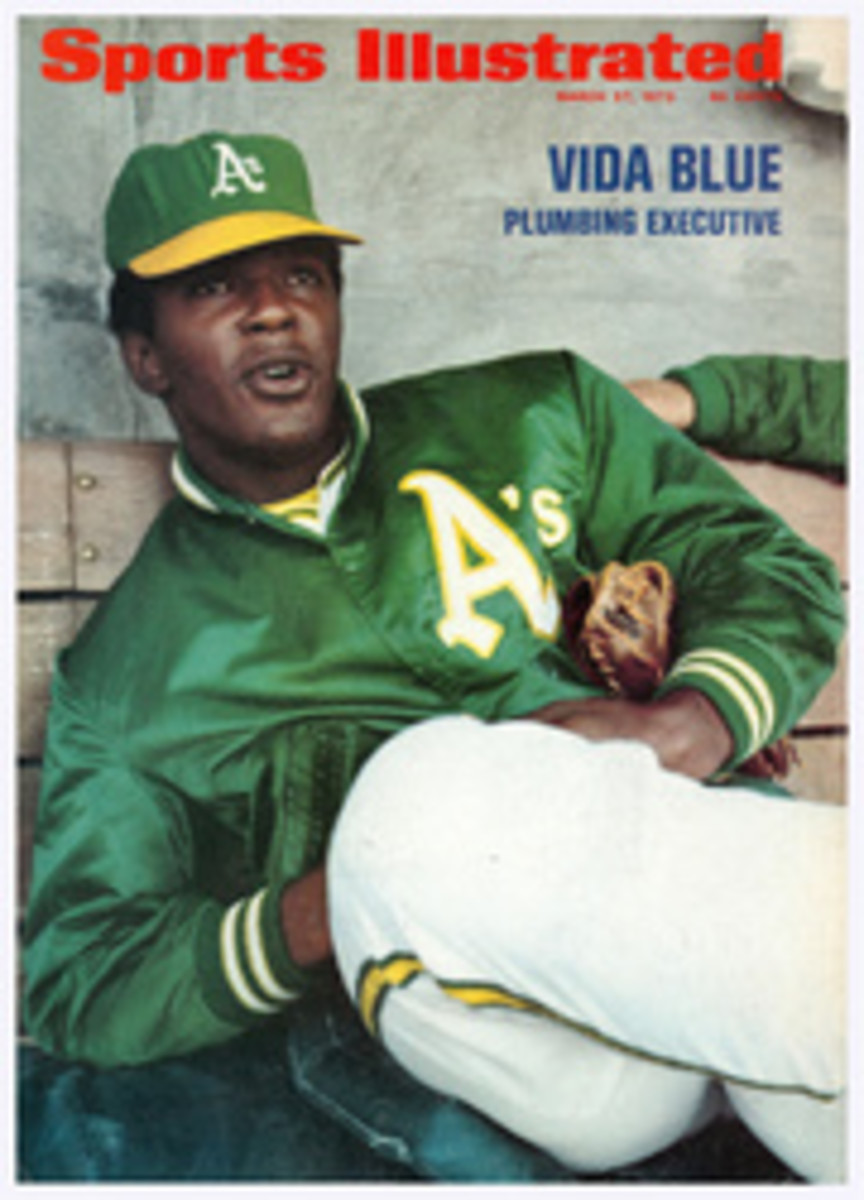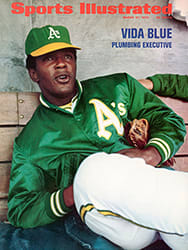
The yo-yo, dolled up and looking in its prime, returns for yet another comeback
Hula Hoops may have been a passing fancy, Frisbees may come and go, but the yo-yo returns forever. Last spring, after a decade of absence, this boomerang on a string spun in for one of its perennial comebacks, and by July and August sales were soaring. And the boom goes on, impelled by the yo-yo's recurring appeal to new generations of American youth.
"It's the perfect solar symbol," explained one Greenwich Village vendor who was pushing a $1.50 model that glows in the dark. "It gives you the feeling you've got the world on a string. The yo-yo is cosmic, man."
The yo-yo is also frequently maligned and made fun of. Parents and teachers see it as a pernicious time-waster and speculate idly about the loss of blood to the end of the string finger. But comedians invoke its name whenever they want a cheap laugh, and the yo-yo has a remarkably steady appeal. "It's like the locusts," observed a sales rep for the Louis Marx toy empire, which sells a "jumbo" model almost six inches in diameter for about $1. "The craze returns every seven years."
Actually, it is less regular than that. The "peak" yo-yo years have been 1931, 1938, 1948, 1951 and 1961—years that sociologists may wish to examine for some common theme: Upheaval? Conflict? Sunspots? Whatever it is, the disease is catching. During the 1961 craze, Norman Vincent Peale and Jerry Lewis reportedly owned polished walnut yo-yos set off with gold nameplates. If Bob Hope doesn't own one, he should; he probably has had more to do with its popularity than anyone.
If the current revival has anything to distinguish it, it is variety and style. The Gorham Company is selling a $10 sterling-silver yo-yo that has had a brisk reception. "We've sold plenty," said W. C. Dinkle of Gorham's New York office. "We filled one order from somebody who wanted 25 of them for a board of directors meeting." Manhattan jeweler Arlene Altman is making golden yo-yo necklaces ($75 to $250) at her firm called Golden Nonsense.
Such frivolity is not for the hard-core yoyoist, who wants a no-nonsense working toy that can perform "spider webs," "around-the-world" and a dozen or so other maneuvers that come with instructions on the trickier models For the novice, however, the yo-yo remains one of the cheapest forms of time-wasting. Back in the 1930s a kid could buy for a dime a sturdy wooden yo-yo that held up well during any street-corner contest. Wooden yo-yos are still available, but the price has gone up. The Fli-Back beginner's model now sells for a quarter. The Sock-it Company, which markets the Fli-Back model, also has a Whirl Master that sells for about 39¢. Plastic yo-yos are more expensive than the wooden ones, but they supposedly last longer. These include the 69¢ "Big D" Trickster ("it sleeps, it walks") by Dell Plastics and the famous Duncan yo-yo that comes in five colors (purple, red, yellow, green and "see-through").
The Duncan toys are manufactured by Flambeau Plastics, a company in Baraboo, Wis., which is the General Motors of the yo-yo industry. Their line starts with the Beginner, for 59¢, followed by the Special for 79¢, the Imperial (a tournament favorite) "for $1, the Butterfly (it does "backwards" tricks), also $1, and the Glow Imperial, a model that shines in the dark and sells for $1.29.
The name Duncan has dominated the U.S. yo-yo scene for more than 40 years. According to legend, the late Donald F. Duncan, who was also the brain behind the parking meter, invented the yo-yo, or at least devised the double-string variation. Not so. The best you can say is that he discovered the yo-yo for America back in the late 1920s. A Filipino named Pedro Flores had brought one of them to Los Angeles and was drawing large sidewalk crowds with his astonishing tricks with the device. Duncan purchased the rights from Flores for $25,000, according to yo-yo demonstrator George Somera, 65, who worked with Duncan from the beginning.
Duncan registered the word yo-yo as his own brand name, but it is actually a Filipino word meaning "come back" or "return." The original inventor is lost in antiquity, but its first uses were as weapons by the early Philippine Islanders, who later adopted it as a national sport. It surfaced in places like ancient Greece as the "disc," in 18th-century England as "bandalore," "incroyable" and "quiz" and subsequently in France as "l'émigrette."
Before he died last May, Duncan had overseen the production of a veritable galaxy of yo-yo—20 million in 1961 alone, the record. In 1968, unfortunately, he anticipated a boom that never boomed, and he ended up with a lot of unsold yo-yos and a state of bankruptcy. Flambeau bought the Duncan name and now carries on the old tradition, even to the roving bands of promotional demonstrators who appear at toy stores and shopping centers.
One of the facets of the current revival is the penetration of the college market. One Flambeau executive thinks this stems from a kind of cultural deprivation. "I think a lot of college kids missed it when they were growing up." One New York games analyst put it this way:
"The yo-yo answers people's needs for fun and mischief. The yo-yo always returns because the yo-yo is important."

